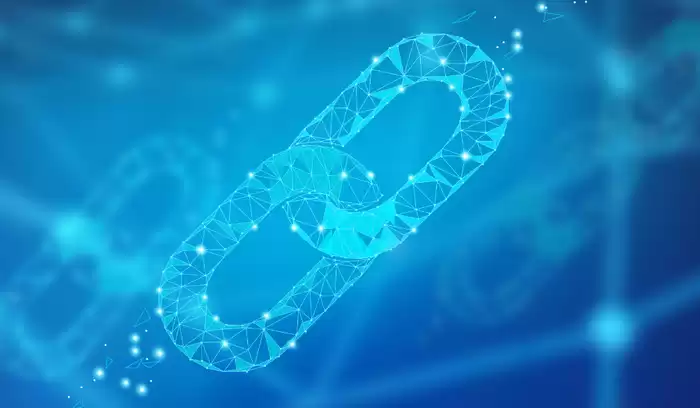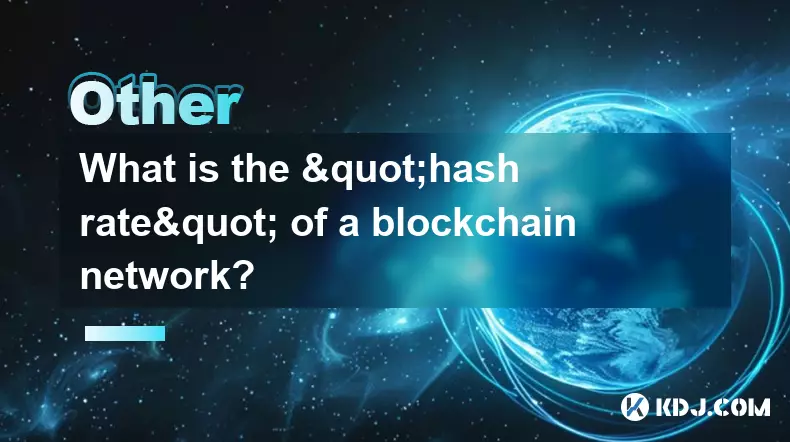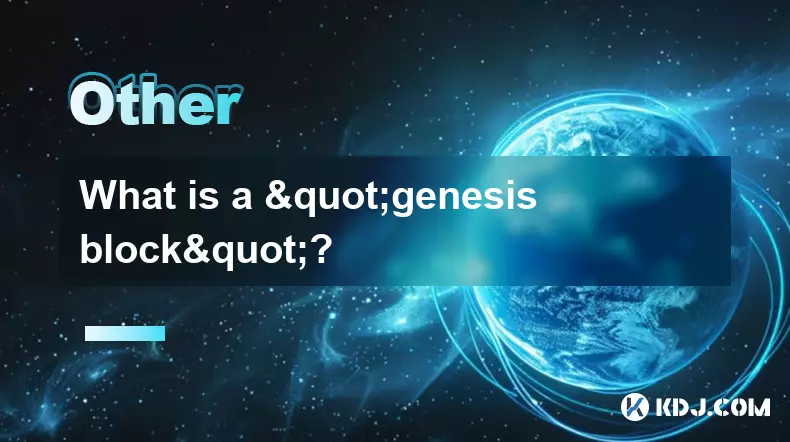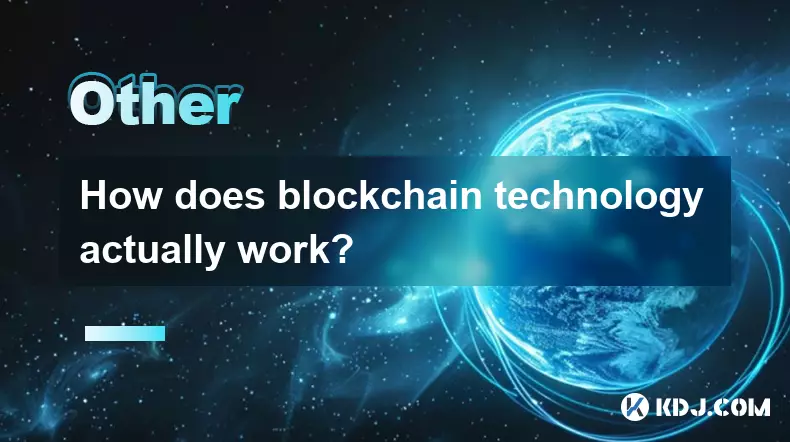-
 bitcoin
bitcoin $107015.826941 USD
-2.18% -
 ethereum
ethereum $3637.352324 USD
-5.18% -
 tether
tether $0.999831 USD
-0.02% -
 xrp
xrp $2.338078 USD
-6.23% -
 bnb
bnb $998.272150 USD
-6.97% -
 solana
solana $167.598257 USD
-10.12% -
 usd-coin
usd-coin $0.999863 USD
0.01% -
 tron
tron $0.282573 USD
-5.09% -
 dogecoin
dogecoin $0.169891 USD
-7.39% -
 cardano
cardano $0.557554 USD
-7.03% -
 hyperliquid
hyperliquid $39.914802 USD
-5.85% -
 chainlink
chainlink $15.414549 USD
-9.97% -
 bitcoin-cash
bitcoin-cash $510.361911 USD
-4.26% -
 ethena-usde
ethena-usde $0.999194 USD
-0.03% -
 stellar
stellar $0.282092 USD
-6.07%
blockchain without miners
Blockchains without miners, such as those employing proof-of-stake consensus mechanisms, aim to reduce energy consumption, enhance decentralization, and improve transaction speed.
Oct 20, 2024 at 01:42 pm

Blockchain Without Miners: A Paradigm Shift in Decentralization
Concept of Proof-of-Work Mining
Traditionally, blockchains have relied on the concept of proof-of-work (PoW) mining to secure their networks. In PoW systems, miners compete to solve complex mathematical puzzles, and the first miner to find a solution earns the right to add a new block to the blockchain and receive a block reward.
Limitations of PoW Mining
However, PoW mining has several limitations:
- Energy Consumption: Mining requires vast amounts of computational power, leading to significant energy consumption and environmental concerns.
- Centralization: Miners with access to more powerful hardware have an advantage, resulting in potential centralization of the network.
- Transaction Speed: PoW mining can be slow, limiting the scalability of blockchain networks.
Alternative Consensus Mechanisms
To address these limitations, researchers have developed alternative consensus mechanisms that do not require miners. These mechanisms include:
- Proof-of-Stake (PoS): Instead of mining, PoS validators stake their own cryptocurrency tokens to participate in the consensus process. Validators are then randomly selected to validate new blocks based on the amount of cryptocurrency they have staked.
- Delegated Proof-of-Stake (DPoS): A variation of PoS where token holders elect a small group of delegates to validate blocks on their behalf.
- Proof-of-Importance (PoI): A consensus mechanism that assigns voting power to users based on factors such as their account age, transaction volume, and network contribution.
Benefits of Blockchains Without Miners
Blockchains that eliminate mining have several benefits:
- Reduced Energy Consumption: By eliminating the energy-intensive mining process, these blockchains are significantly more environmentally friendly.
- Enhanced Decentralization: Alternative consensus mechanisms promote a more distributed network, reducing the risk of centralization.
- Faster Transaction Speed: By eliminating the need for complex mining computations, these blockchains can process transactions more quickly.
- Lower Transaction Fees: As there are no miners to reward, transaction fees are typically lower.
Prominent Blockchains Without Miners
Notable examples of blockchains that do not utilize miners include:
- Ethereum 2.0: The upcoming upgrade to the Ethereum blockchain that will transition from PoW to PoS.
- Cardano (ADA): A proof-of-stake blockchain known for its high scalability and emphasis on research.
- Tezos (XTZ): A proof-of-stake blockchain with a strong focus on formal verification and security.
- Algorand (ALGO): A proof-of-stake blockchain optimized for speed and scalability, utilizing a unique consensus mechanism called Pure Proof-of-Stake.
- EOS (EOS): A blockchain that utilizes a delegated proof-of-stake consensus mechanism for fast and efficient transaction processing.
Conclusion
Blockchains without miners offer a promising alternative to traditional PoW systems, addressing limitations such as energy consumption, centralization, and transaction speed. By exploring alternative consensus mechanisms, blockchain technology can continue to evolve and meet the demands of modern decentralized applications and emerging use cases.
Disclaimer:info@kdj.com
The information provided is not trading advice. kdj.com does not assume any responsibility for any investments made based on the information provided in this article. Cryptocurrencies are highly volatile and it is highly recommended that you invest with caution after thorough research!
If you believe that the content used on this website infringes your copyright, please contact us immediately (info@kdj.com) and we will delete it promptly.
- Sequans, Bitcoin, and Debt Reduction: A NYC Perspective on a Bold Move
- 2025-11-05 03:50:12
- Altcoins, Perpetual Tokens, and ETH Price: Navigating the Crypto Current
- 2025-11-05 03:55:01
- Tether's Triumph: $10 Billion Profits and a Treasury Milestone
- 2025-11-05 03:55:12
- Crypto Coins with Growth Potential: Unearthing 2025's Hidden Gems
- 2025-11-05 04:00:01
- MoonBull, Crypto Presales, and Solana WLFI: Riding the Wave to Big Gains
- 2025-11-05 03:25:02
- BeCEXY: Unlocking CEX Token Rewards with Hidden Codes in Web3 Gaming
- 2025-11-05 02:50:02
Related knowledge

What is a block explorer and how do you use it?
Oct 24,2025 at 12:36am
What Is a Block Explorer?1. A block explorer is a web-based tool that allows users to view and analyze data on a blockchain network in real time. It f...

What is the "hash rate" of a blockchain network?
Oct 10,2025 at 03:55pm
Understanding Hash Rate in Blockchain Networks1. The hash rate refers to the total computational power being used to process transactions and mine new...

What is a "genesis block"?
Oct 15,2025 at 07:55pm
Understanding the Genesis Block in CryptocurrencyThe genesis block is the very first block in a blockchain network. It serves as the foundation upon w...

Who is Satoshi Nakamoto?
Oct 15,2025 at 01:01pm
Who is Satoshi Nakamoto?1. Satoshi Nakamoto is the pseudonymous individual or group credited with creating Bitcoin, the first decentralized cryptocurr...

How does blockchain technology actually work?
Oct 11,2025 at 02:36pm
Understanding the Core Mechanism of Blockchain1. At its foundation, blockchain is a decentralized digital ledger that records transactions across mult...

What is a token economy?
Sep 20,2025 at 12:18am
Understanding the Foundations of a Token Economy1. A token economy in the context of cryptocurrency refers to a system where digital tokens are used a...

What is a block explorer and how do you use it?
Oct 24,2025 at 12:36am
What Is a Block Explorer?1. A block explorer is a web-based tool that allows users to view and analyze data on a blockchain network in real time. It f...

What is the "hash rate" of a blockchain network?
Oct 10,2025 at 03:55pm
Understanding Hash Rate in Blockchain Networks1. The hash rate refers to the total computational power being used to process transactions and mine new...

What is a "genesis block"?
Oct 15,2025 at 07:55pm
Understanding the Genesis Block in CryptocurrencyThe genesis block is the very first block in a blockchain network. It serves as the foundation upon w...

Who is Satoshi Nakamoto?
Oct 15,2025 at 01:01pm
Who is Satoshi Nakamoto?1. Satoshi Nakamoto is the pseudonymous individual or group credited with creating Bitcoin, the first decentralized cryptocurr...

How does blockchain technology actually work?
Oct 11,2025 at 02:36pm
Understanding the Core Mechanism of Blockchain1. At its foundation, blockchain is a decentralized digital ledger that records transactions across mult...

What is a token economy?
Sep 20,2025 at 12:18am
Understanding the Foundations of a Token Economy1. A token economy in the context of cryptocurrency refers to a system where digital tokens are used a...
See all articles










































































